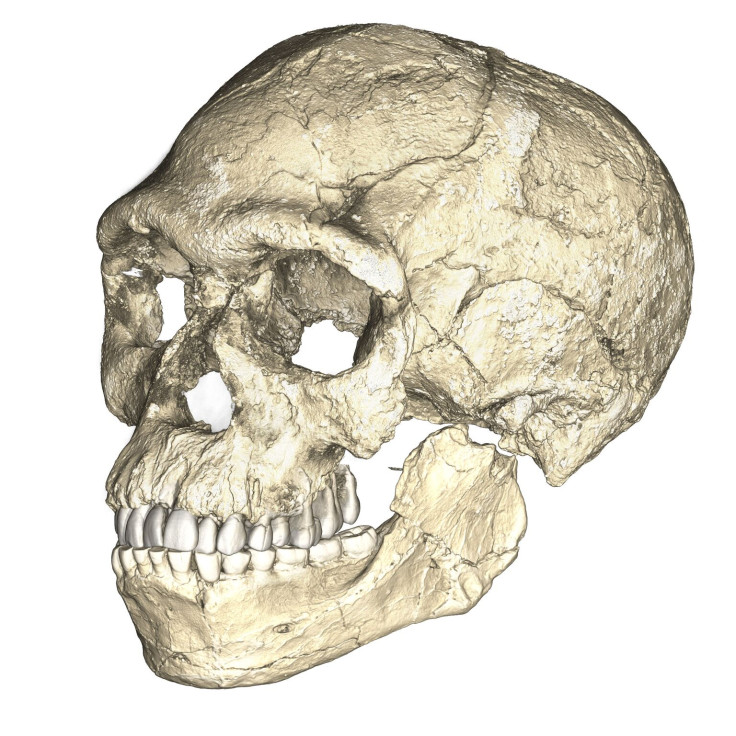Prehistoric humans knew the dangers of inbreeding and formed complex social networks to avoid it
The dangers were recognised at least 34,000 years ago.

Prehistoric humans appear to have recognised the dangers of inbreeding at least 34,000 years ago and developed surprisingly complex social and mating networks to avoid it, according to new research.
The study, published in the journal Science, analysed genetic information from the remains of anatomically modern humans who lived during a period when the first people from Africa settled in western Eurasia.
Their findings suggest that people deliberately searched for partners beyond their immediate family and were likely connected to a wide network of groups from which mates were chosen. This behaviour means the avoidance of inbreeding emerged at a surprisingly early stage in prehistory.
The researchers found complex and symbolic objects buried with the remains of these early humans suggesting that there were rituals, rules and ceremonies involved with the exchange of mates between groups. These could be interpreted as the precursor to modern marriage ceremonies and are similar to traditions still practised today by hunter-gatherer communities in many parts of the world.
There is a possibility, according to the authors of the study, that the early development of these complex mating systems could in part explain why humans thrived and Neanderthals did not. However, more evidence is needed to prove this hypothesis.
For the study, researchers from the University of Cambridge and the University of Copenhagen sequenced the genomes from the remains of four people from Sunghir, a famous Upper Paleolithic site in Russia, thought to have been inhabited around 34,000 years ago.
The remains at Sunghir are valuable sources of information because unusually for human fossils from this period, the people there appear to have lived at the same time and were buried together. However, the researchers were surprised to discover that they were not closely related in genetic terms; it's possible that at most they were second cousins.
"I think many researchers had assumed that the people of Sunghir were very closely related, especially the two youngsters from the same grave," said Professor Eske Willerslev, a senior author on the study.

"What this means is that even people in the Upper Palaeolithic, who were living in tiny groups, understood the importance of avoiding inbreeding. The data that we have suggest that it was being purposely avoided. They must have developed a system for this purpose. If small hunter-gatherer bands were mixing at random, we would see much greater evidence of inbreeding than we have here."
Early humans and other hominins such as Neanderthals appear to have lived in small family units, but these small populations made inbreeding common. However, this ceased to be the case in modern humans at some point in history, although it is unclear when.
"Small family bands are likely to have interconnected with larger networks, facilitating the exchange of people between groups in order to maintain diversity," said Professor Martin Sikora, from University of Copenhagen.
The people from Sunghir may have belonged to networks similar to those found in modern day hunter-gatherer cultures, such as some indigenous Australian and Native American societies. These people tend to live in fairly small groups of around 25 people while still being connected to a wider community of closer to 200, within which people can form partnerships.
"Most non-human primate societies are organised around single-sex kin where one of the sexes remains resident and the other migrates to another group, minimising inbreeding," said Professor Marta Mirazón Lahr, from the University of Cambridge.
"At some point, early human societies changed their mating system into one in which a large number of the individuals that form small hunter-gatherer units are non-kin. The results from Sunghir show that Upper Palaeolithic human groups could use sophisticated cultural systems to sustain very small group sizes by embedding them in a wide social network of other groups."
© Copyright IBTimes 2025. All rights reserved.





















